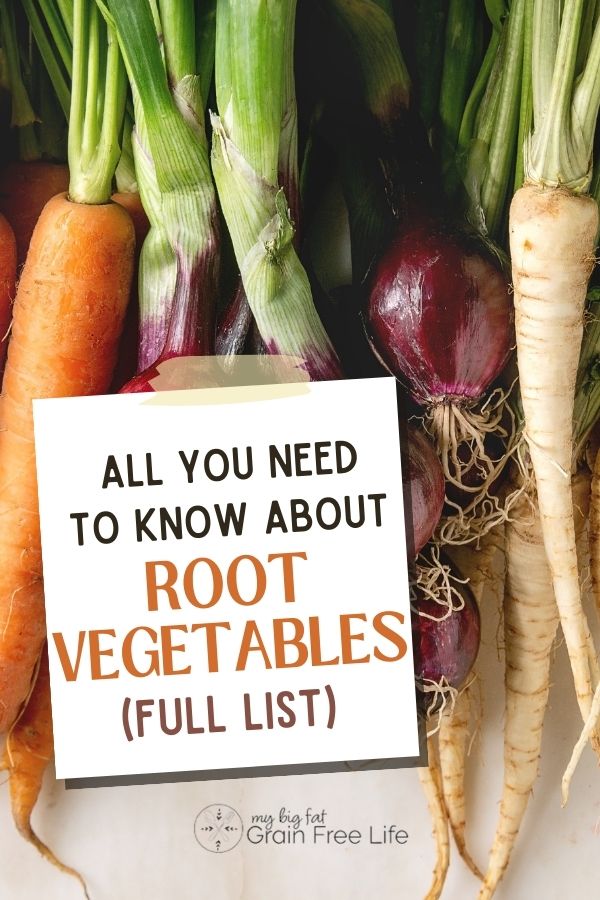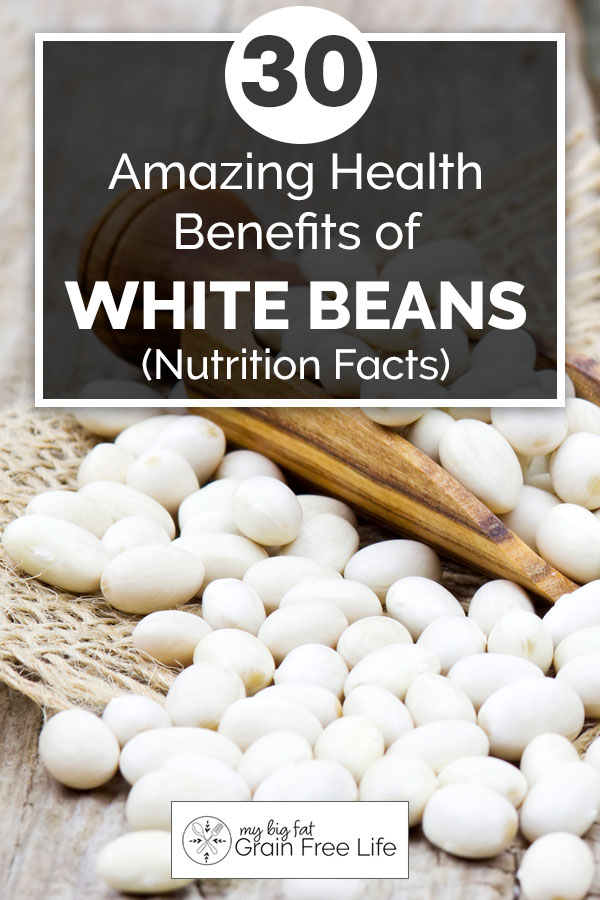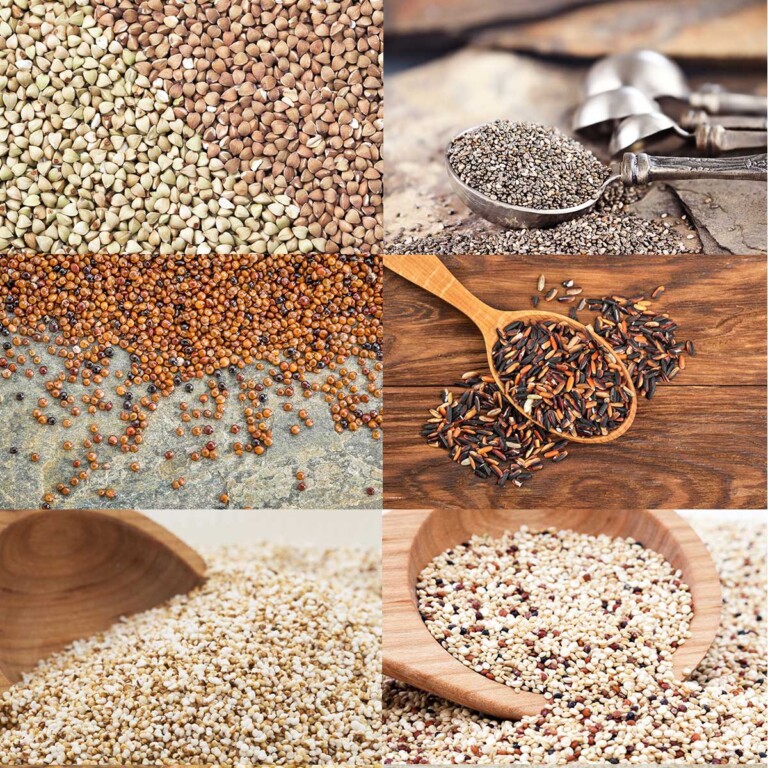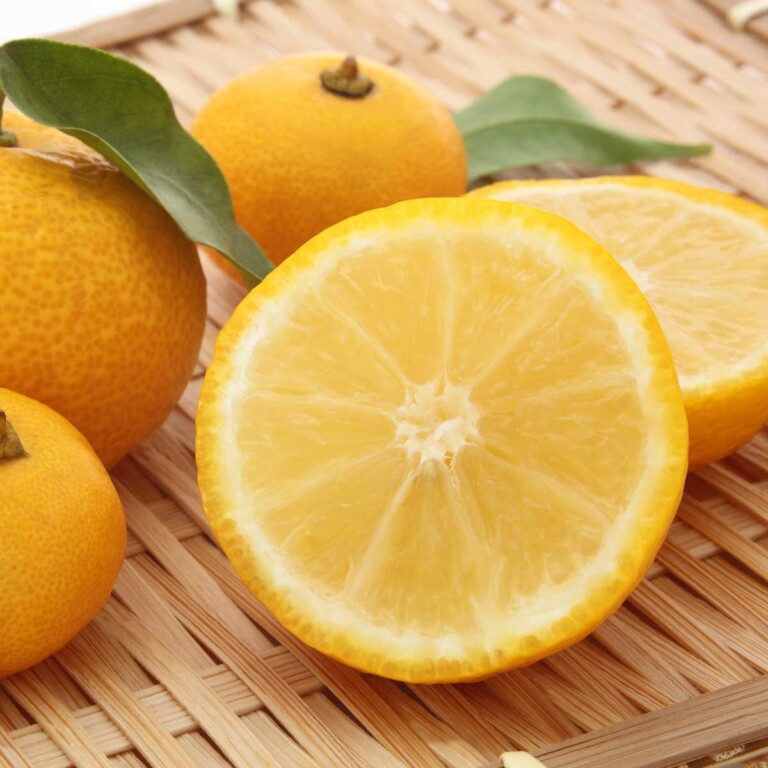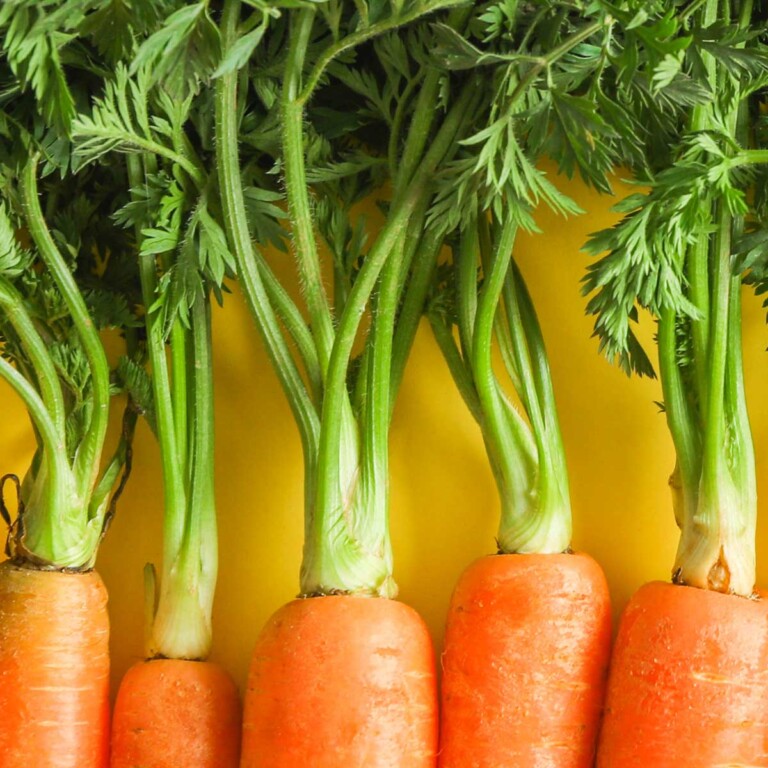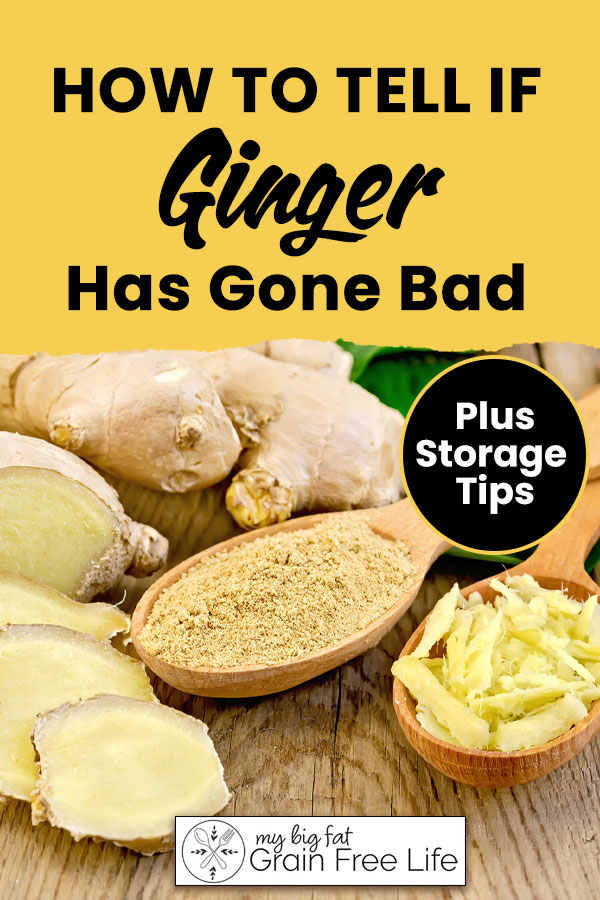All You Need to Know About Root Vegetables (Full List)
This post may contain affiliate links. If you make purchase after clicking a link, I may receive a commission at no extra cost to you.
Last Updated on May 30, 2023
When you think of root vegetables, carrots, garlic, onions, and potatoes likely come to mind. But there are so many more root vegetables you can enjoy in a variety of ways. With so many health benefits, take a look at this full root vegetables list and see what you can add to your diet.
What Are Root Vegetables
Root vegetables come from the part of a plant that grows within the ground and absorbs nutrients from the soil.
These parts of the plant include edible roots, tubers, and bulbs and are a good way to add essential nutrients to your diet, in addition to all the green leafy vegetables you likely already eat. There’s a good reason that those who eat a healthy diet add root vegetables to it!
The most well-known root vegetables are carrots, garlic, yellow onions, and potatoes.
Root Vegetables List
Most people are familiar with the common root vegetables like garlic, red beets, and orange carrots, but they’re not familiar with the more uncommon root vegetables like kohlrabi, salsify, or jicama.
But these vegetables are a great way to add fresh vegetables to your diet that will also give you the important nutrients you need.
Here’s a comprehensive list of root vegetables you can enjoy on your dining room table:
- Bamboo Shoots
- Beetroot (don’t forget about the tasty beetroot leaves!)
- Burdock Root
- Carrot
- Cassava
- Celeriac
- Chicory
- Daikon Radish
- Fennel
- Galangal
- Garlic (have you ever tried fermented garlic? It has loads of health benefits!)
- Ginger
- Horseradish
- Jerusalem Artichoke (see Jerusalem Artichoke vs Artichoke)
- Jicama
- Kohlrabi
- Lotus roots
- Maca
- Malanga
- Onion
- Parsnip
- Potatoes – Check out: Sweet Potato vs Russet Potato
- Radish
- Rutabaga – Check out: Rutabaga Vs Turnip
- Salsify
- Shallots
- Swede
- Sweet Potatoes
- Taro
- Turmeric – Check out: Turmeric Benefits
- Turnip
- Water Chesnut
- White Sweet Potatoes
- Yams (Ñame)
- Yuca
Checkout out this post if you are specifically interested in low-starch root vegetables.
Health Benefits of Root Vegetables
Most nutritious root vegetables are full of dietary fiber, antioxidants, and a wide variety of vitamins and minerals. They’re low in calories, fat, and cholesterol. Plus, they’re high in starchy carbohydrates that don’t break down easily in your gut.
Instead, these carbohydrates break down later, providing food for your gut bacteria. Plus, they create the short-chained fatty acids you need.
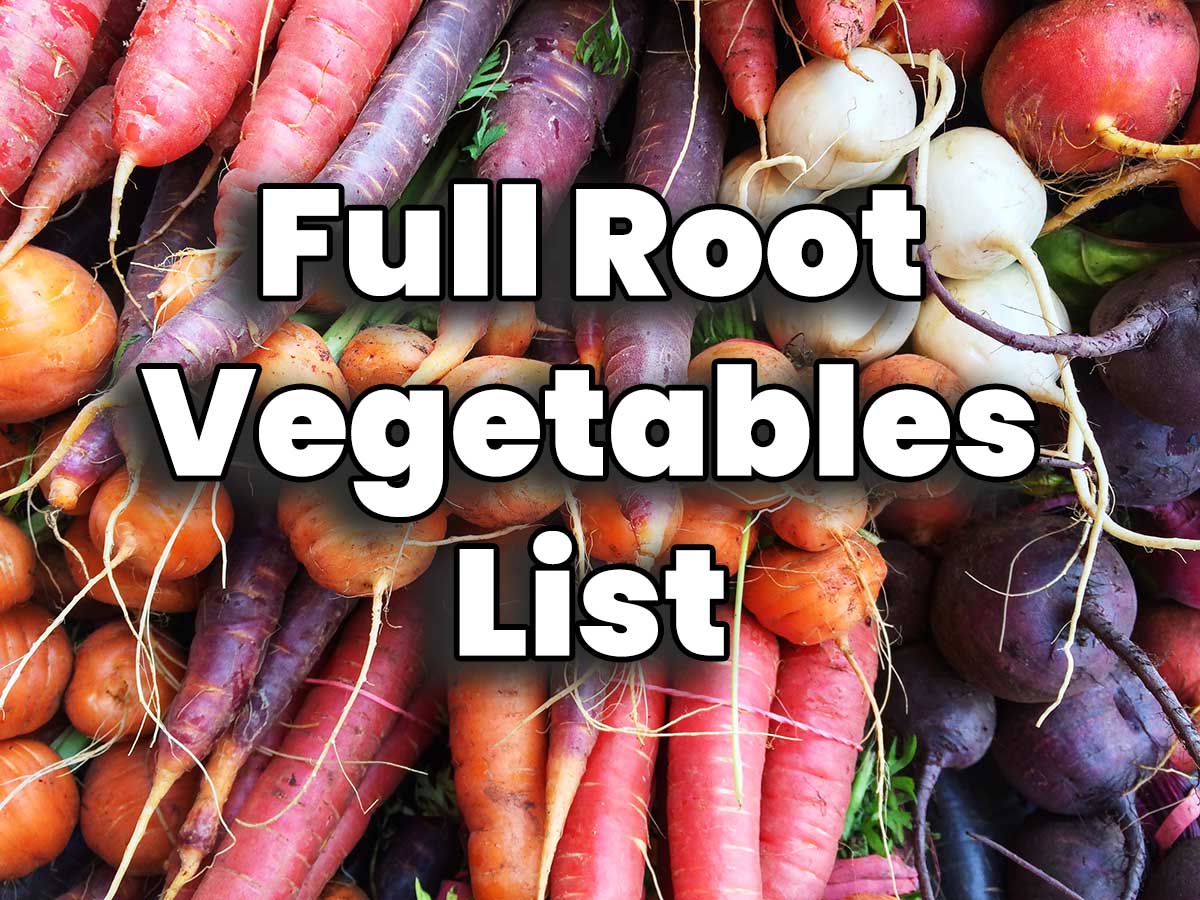
Full List of Root Vegetables
Here’s a full root vegetables list. Some of these vegetables you may not have heard of, and perhaps you didn’t know some of them were classified as root vegetables.
Bamboo Shoots
Bamboo shoots are the edible part of the bamboo plant and are a common ingredient in Asian cuisine. They are peeled before eating. This nutritious vegetable includes fiber, copper, vitamin B6, and vitamin E.
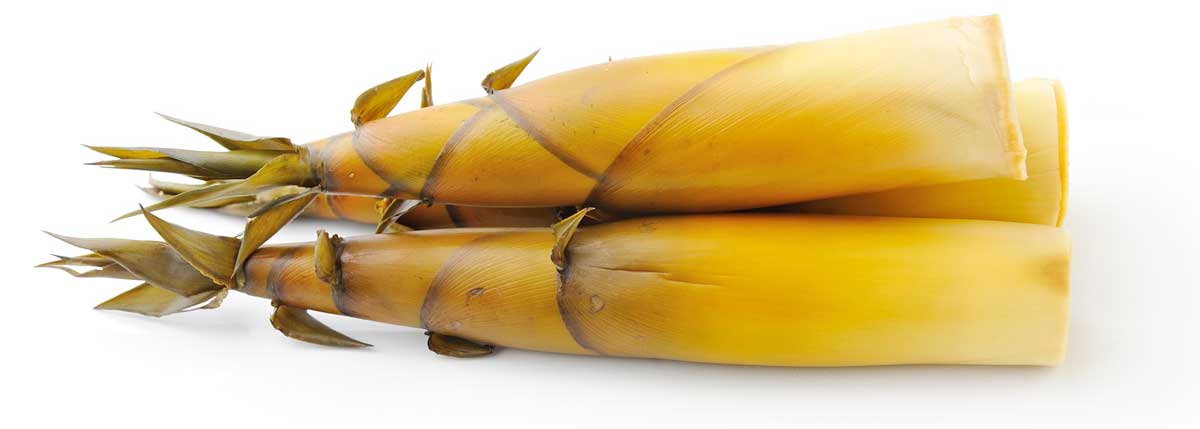
Beetroot
The beetroot comes from the taproot part of the beet plant and is usually referred to as beets. They are a type of tuber vegetable and also in the cruciferous vegetables list. The brightly colored root adds a pop of color to food. It’s very nutritious, as it’s high in folate, manganese, and copper.

Burdock Root
Burdock root is a plant that’s high in antioxidants and is native to Europe and North Asia. Its medicinal properties include removing toxins from the blood. However, children and pregnant women should be careful about ingesting it since there’s very little information about what it will do to them.
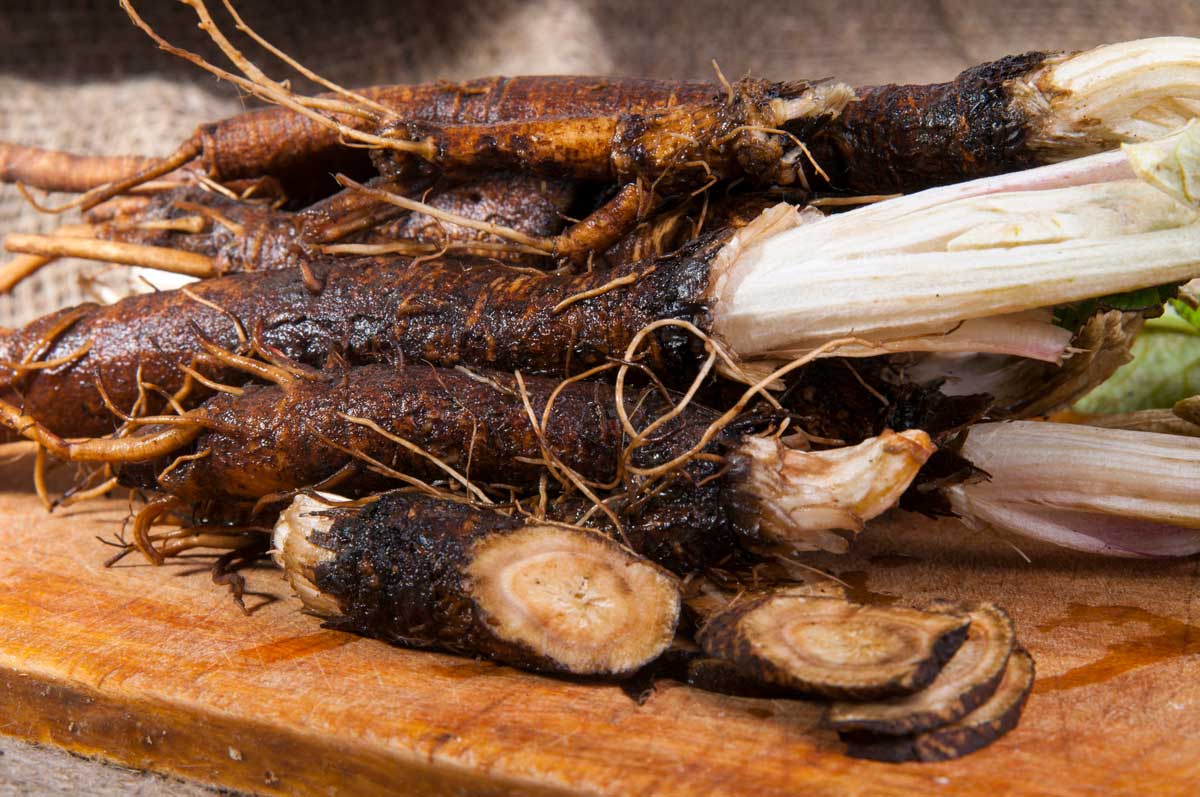
Carrot
Carrots are one of the most popular root vegetables with their sweet flavor and crunchy texture. They will help with weight loss, improve eye health, and are full of beta carotene and antioxidants. The delicious root vegetable comes in a variety of different colors and is a great addition to any meal.
Don’t toss the carrot leaves! You can use the tops to make carrot leaf tea.
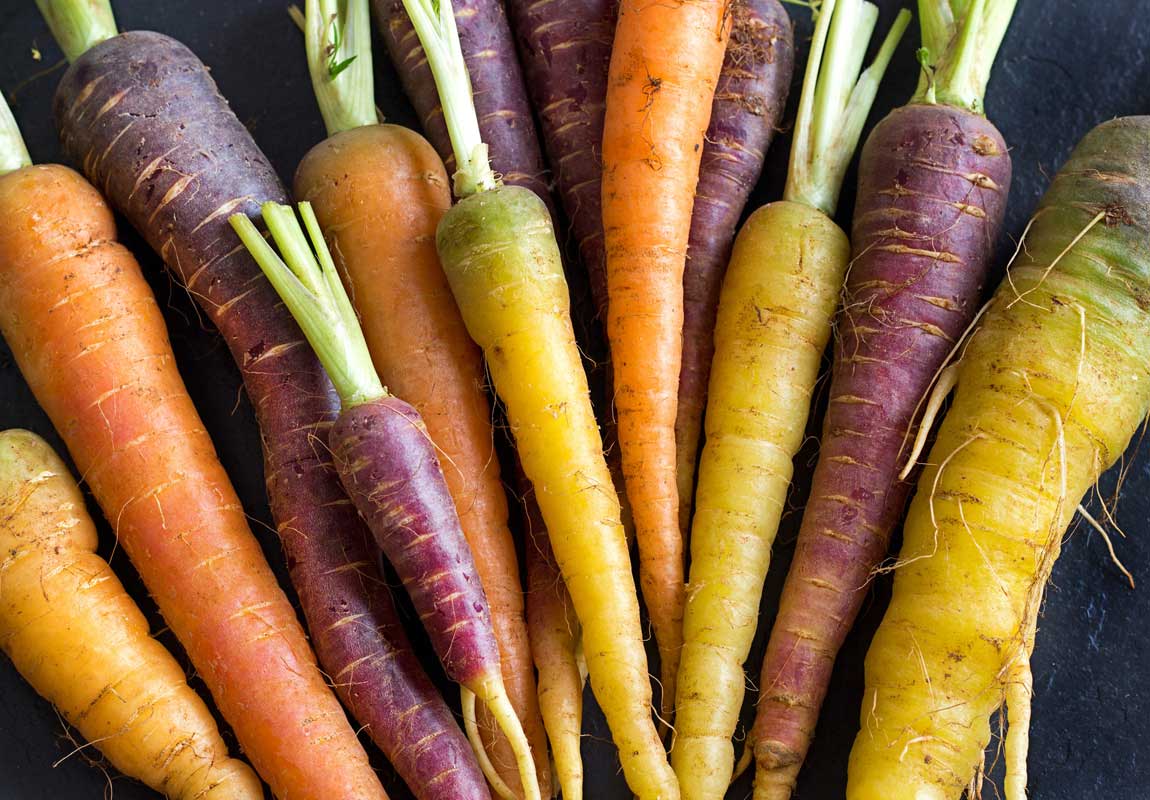
Cassava
The cassava plant was likely first grown by the Maya in South America as it’s a plant from the American tropics. Cassava flour is used in many gluten-free baking recipes. My favorite way to use cassava flour is by making grain-free tortillas.
Cassava is a good source of dietary fiber, vitamin C, and thiamin.
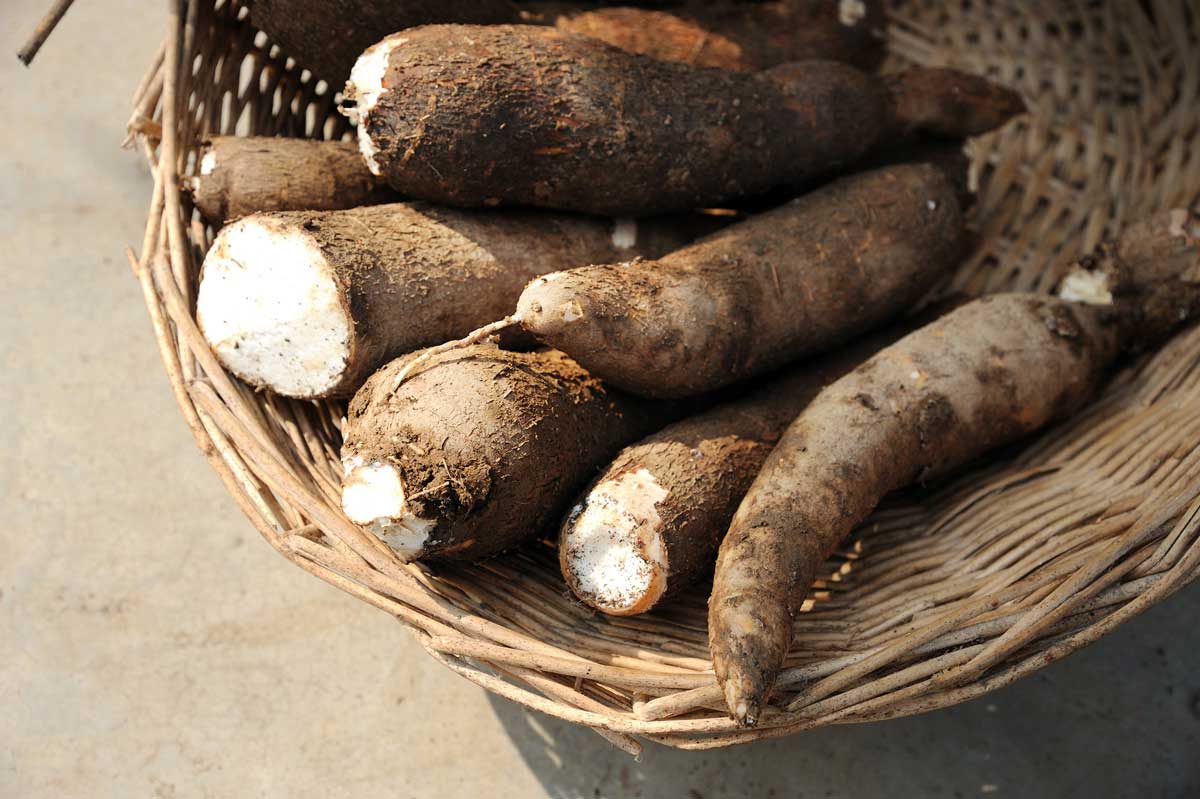
Celeriac
Celeriac is a brown and lumpy root vegetable that’s harvested in winter and is sometimes called celery root. This variety of celery is harvested for its big stem rather than the shoots. Celeriac increases bone and heart health. It also includes potassium, vitamin K, and vitamin C.
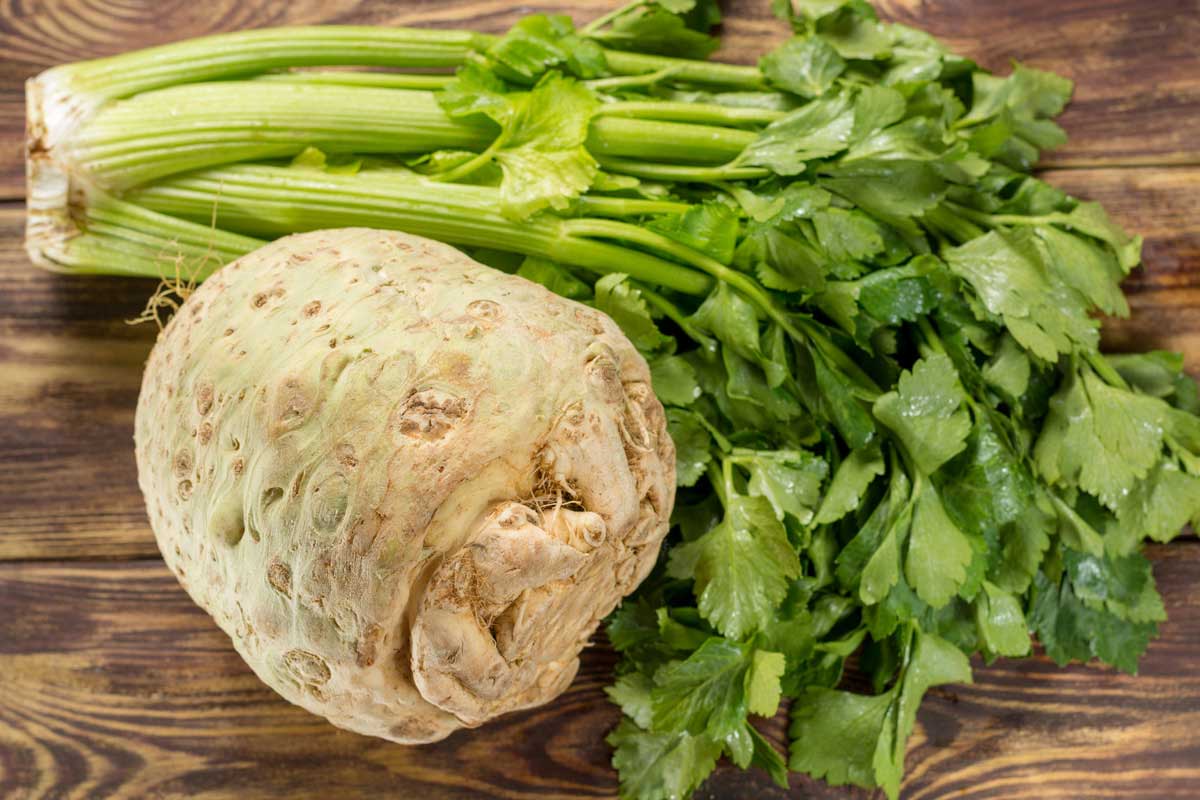
Chicory
Chicory is an herb that’s native to Europe and Asia. You may know it best as a coffee substitute. It’s a good source of beta carotene, potassium, and calcium.
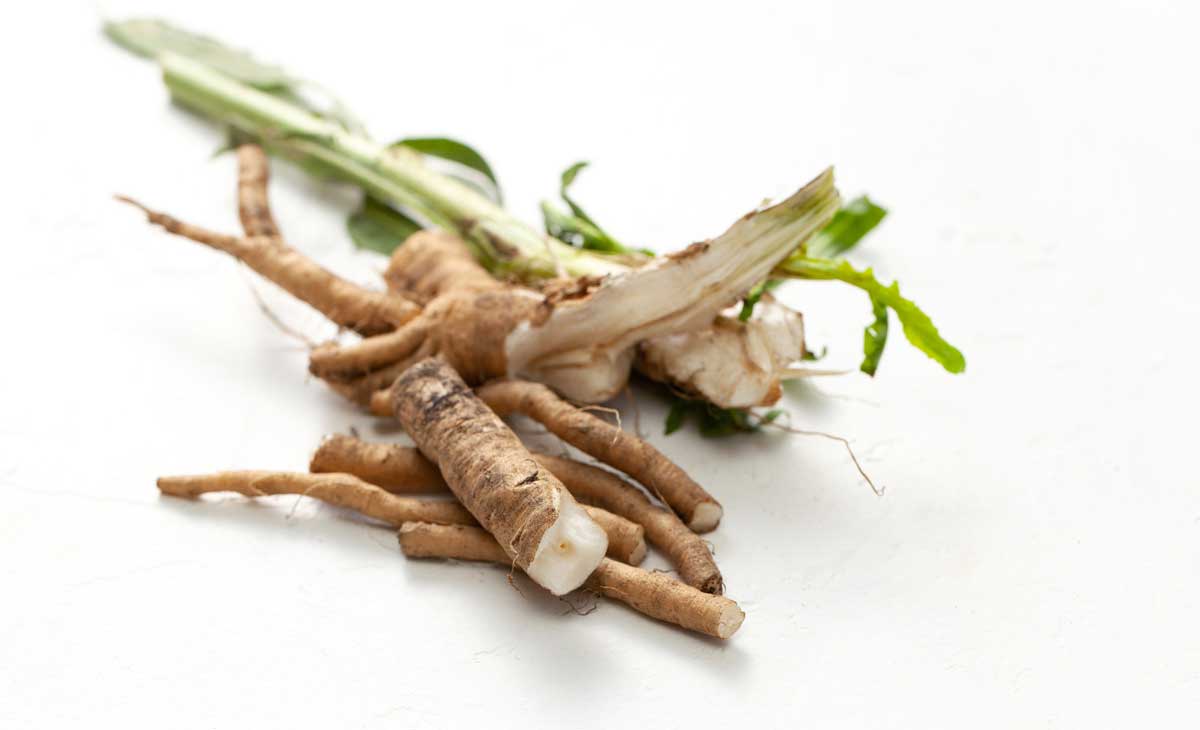
Daikon Radish
The daikon radish is a white crunchy root vegetable used in Japanese and other Asian foods. The root veggie is a good source of fiber, potassium, folate, and vitamin C. In addition, the plant helps with wound healing.

Fennel
A fennel bulb can be eaten in a variety of ways, including raw in a salad or cooked into a soup. It has a mild licorice flavor and may help you maintain a healthy heart. Fennel also contains potassium, folate, and carotene, among other nutrients.

Galangal
Galangal is native to South Asia and is part of the ginger family. The vegetable can be eaten raw or cooked. It’s full of antioxidants and may strengthen the immune system. Galangal also has anti-inflammatory properties.
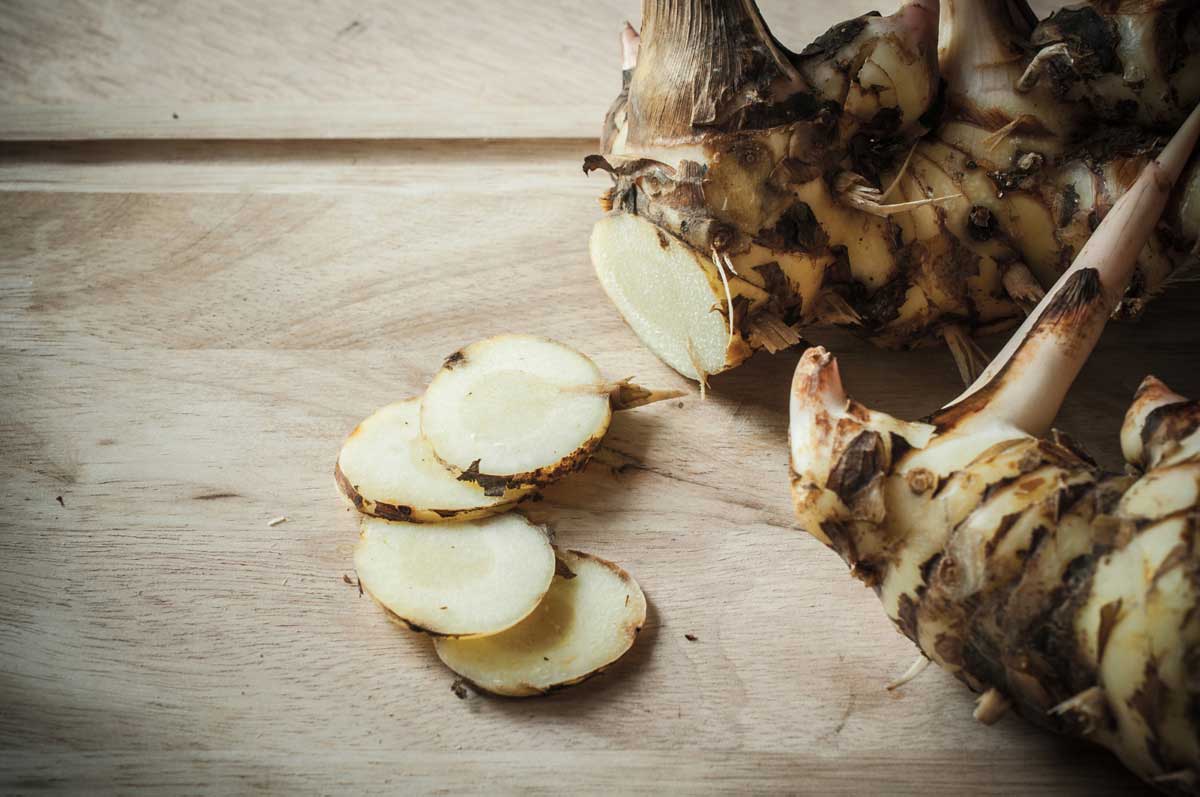
Garlic
Garlic has been used for thousands of years by many cultures, including the Romans, Babylonians, Chinese, and Egyptians. It will protect you from the common cold and lowers both blood pressure and cholesterol levels.
Garlic contains manganese, vitamins C and B6, selenium, and fiber. It may even lower your blood pressure.

Ginger
Ginger is a flowering plant that was first grown in southeast Asia. The underground stem is used as a spice. Ginger can treat symptoms of nausea like morning sickness. It can also help with chronic indigestion and help fight off infections.
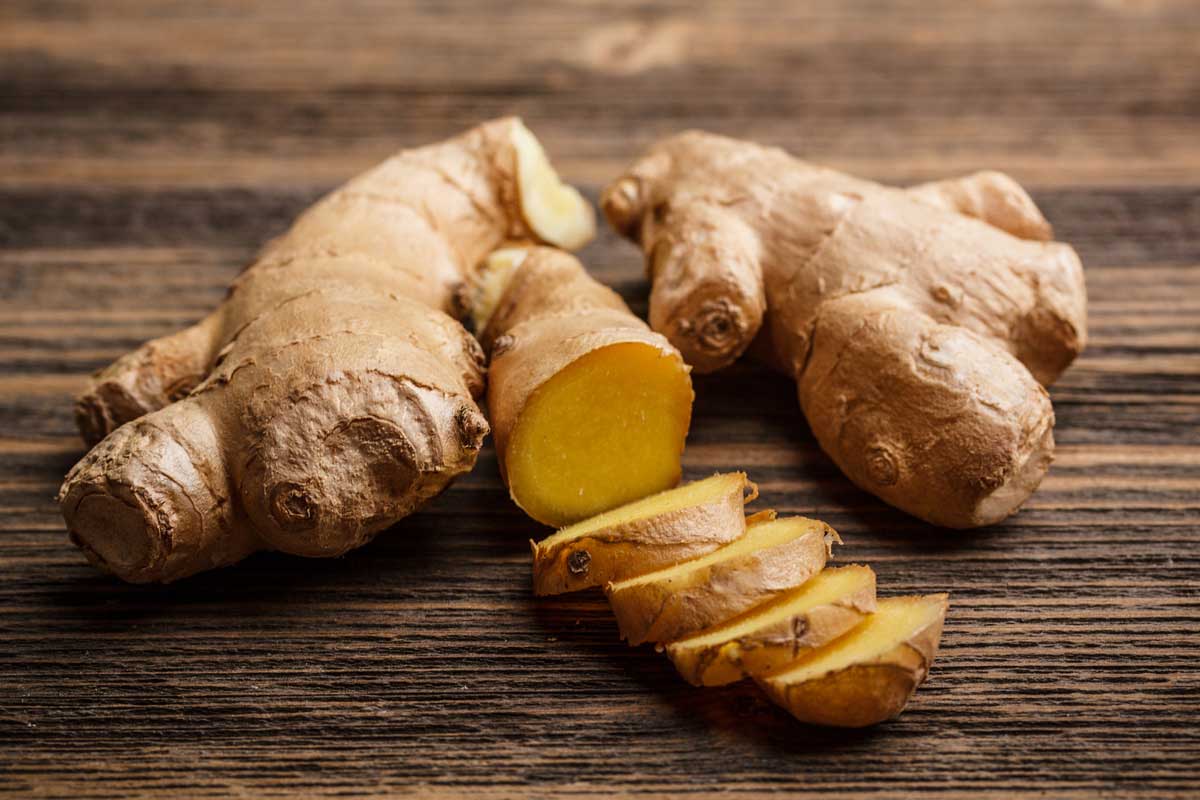
Horseradish
Horseradish is one of the cruciferous vegetables like kale and broccoli. While it’s possible to eat the green leaves of the horseradish plant, when people say horseradish, they’re usually talking about the preserved root.
The long white root is grated is preserved in a combination of vinegar, salt, and sugar. It’s full of nutrients like calcium, folate, manganese, and vitamin C. Horseradish will boost blood flow and is naturally antibacterial.
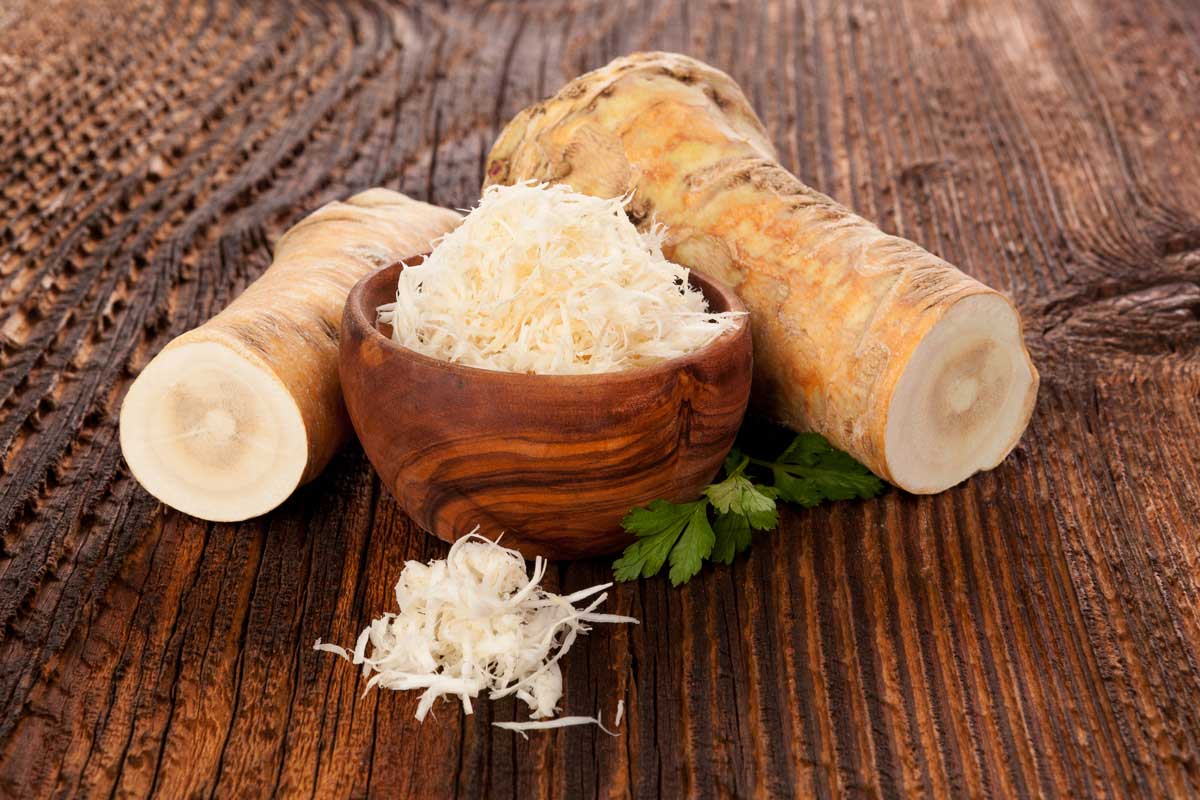
Jerusalem Artichoke
Did you know that Jerusalem artichokes are a type of sunflower native to central North America? The tuber is an excellent food source that’s full of copper, iron, and magnesium.
You will need to eat foods with a high concentration of vitamin C to ensure that your body is able to absorb the iron in the vegetable.
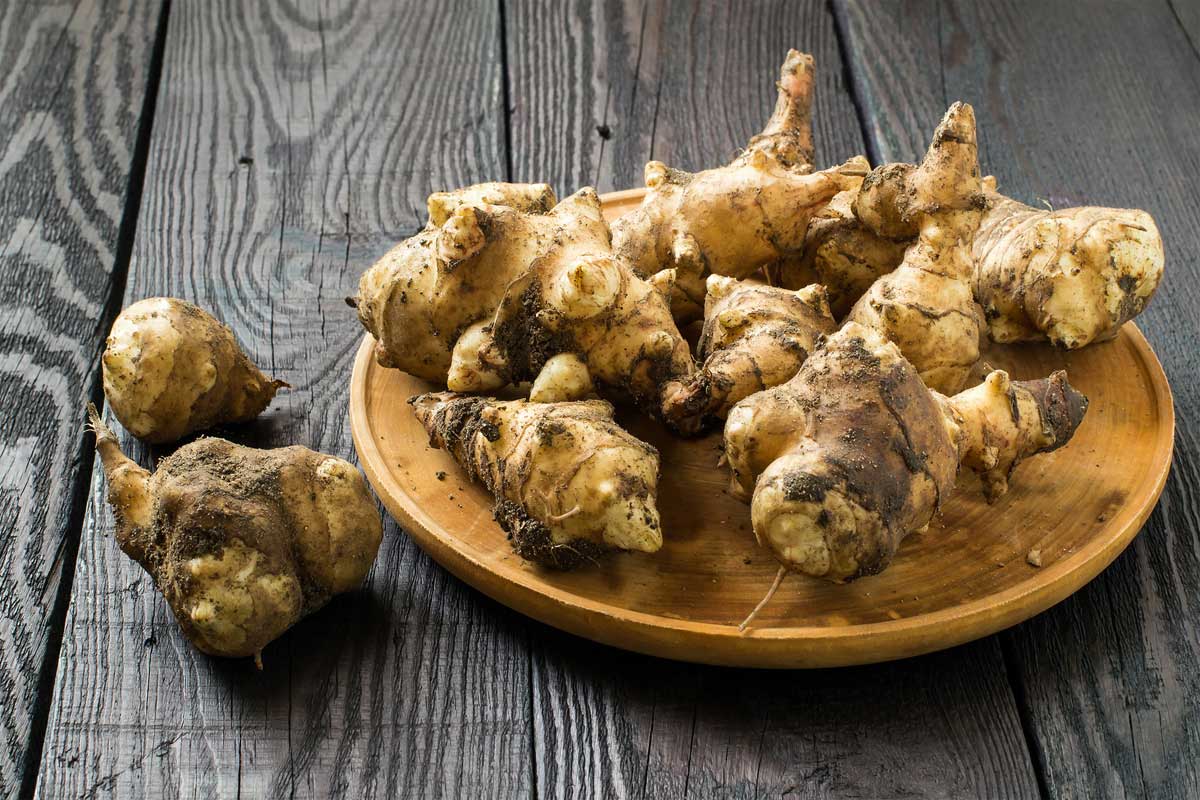
Jicama
Jicama was first grown in Mexico and is now cultivated in the Philippines and Asia. The plant needs a long growing season with no frost. It’s part of the pea family, and the name refers to the edible tuberous roots.
I’ve enjoyed making AIP porridge using riced jicama!
Jicama has important nutrients like vitamin C, folate, iron, and magnesium. It is also good for the digestive tract as it has a large quantity of prebiotic fiber that restores the good bacteria you need in your gut.
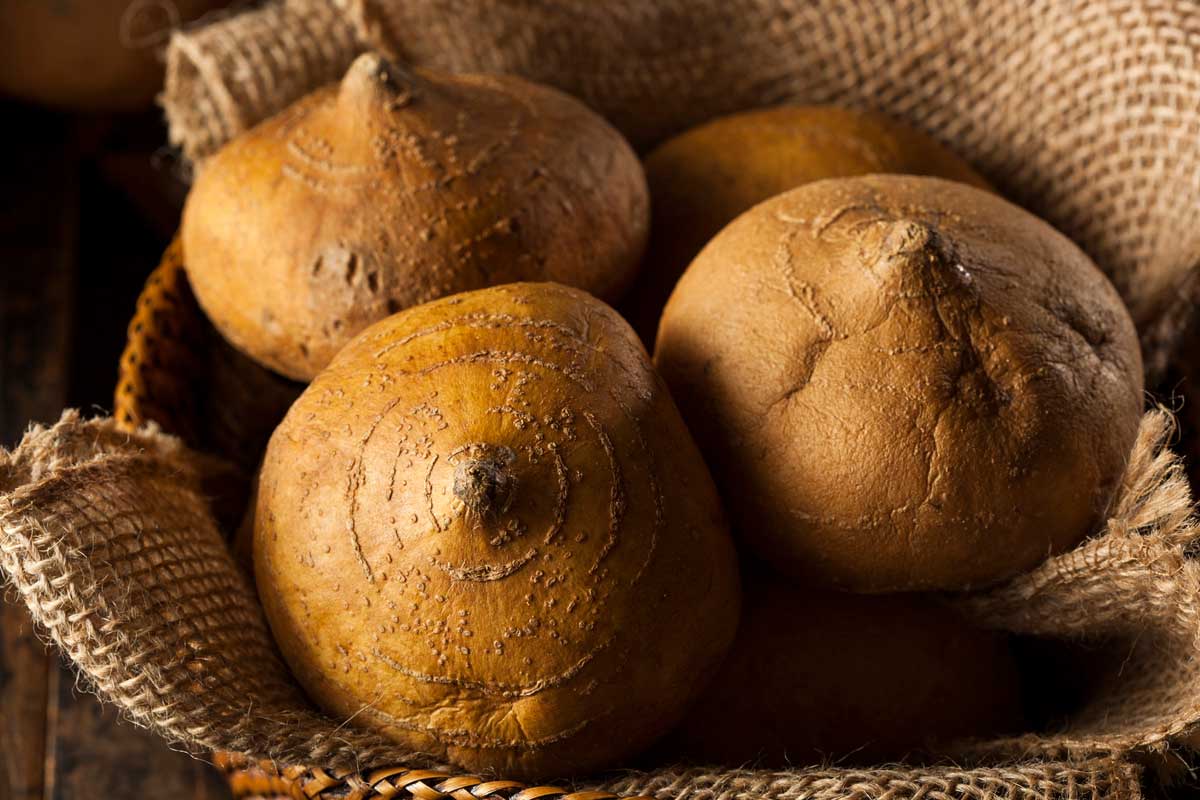
Kohlrabi
Kohlrabi is also called the German turnip. You can eat it raw or roasted. It’s a cold weather crop harvested during the winter months or in the fall or early spring. It’s a good source of vitamins B6, C, and potassium.
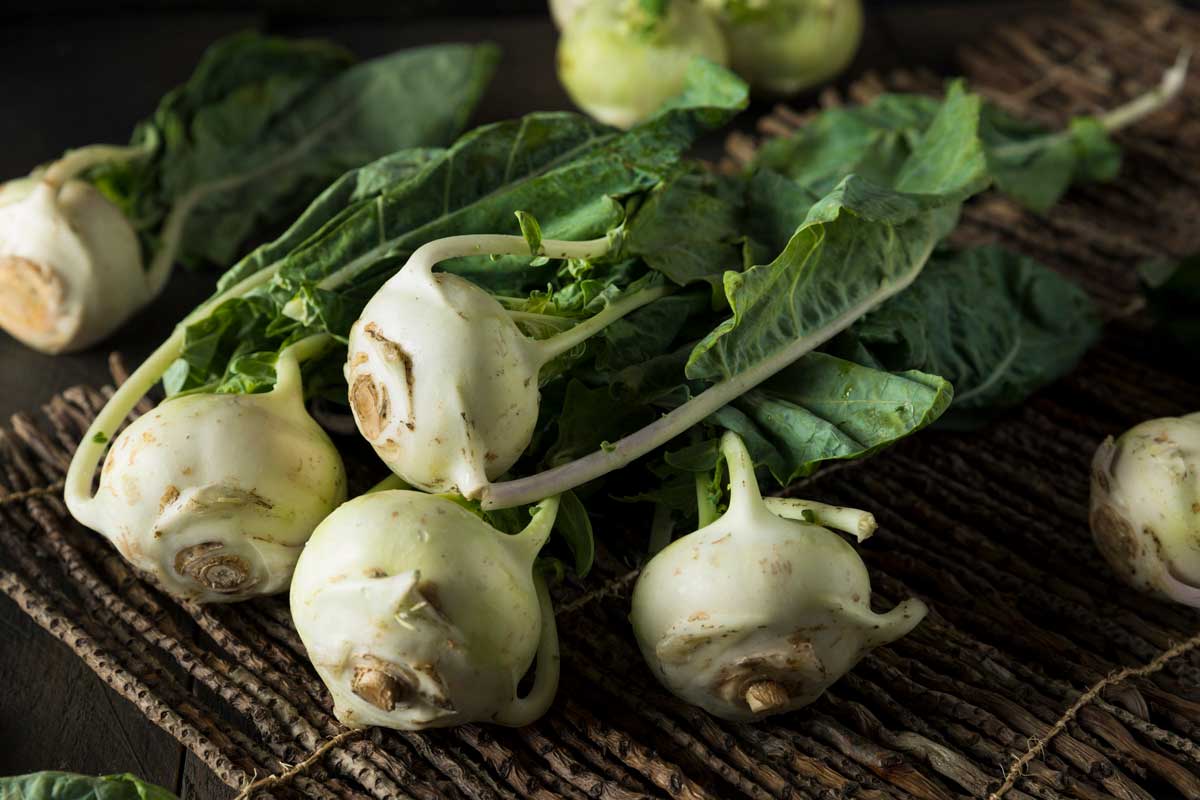
Lotus Roots
India’s national flower, the lotus, is a pink-flowered water plant that’s also referred to as kamal or padmini. The roots are harvested in the late summer or early fall during the months of August and September.
You can add lotus roots to a variety of foods, from curries to fries. The root vegetable is a great source of calcium, iron, magnesium, and phosphorus. It also helps to promote blood circulation and prevent cardiovascular disease.
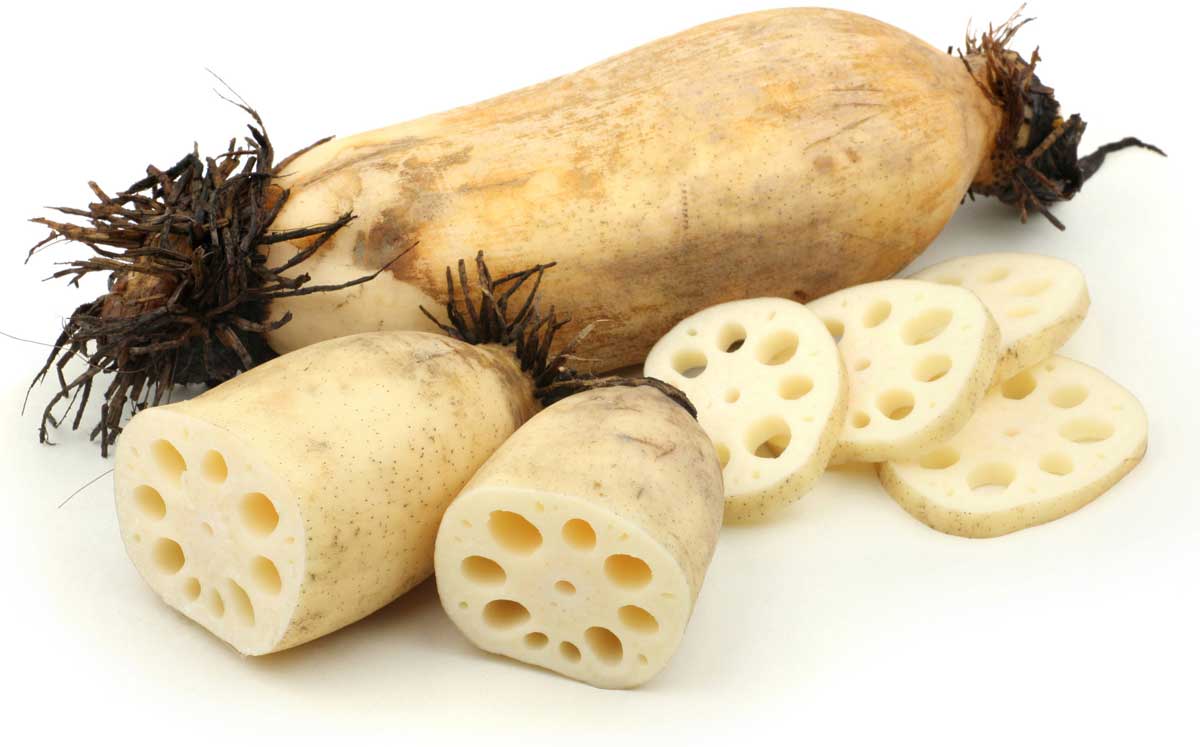
Maca
Maca is a Peruvian plant that’s native to the Andes mountains in South America. It grows under harsh conditions. The maca vegetable helps the body manage stress and also helps bones. I like to add ground maca root to my smoothies as it give me a caffeine-free energy boost!
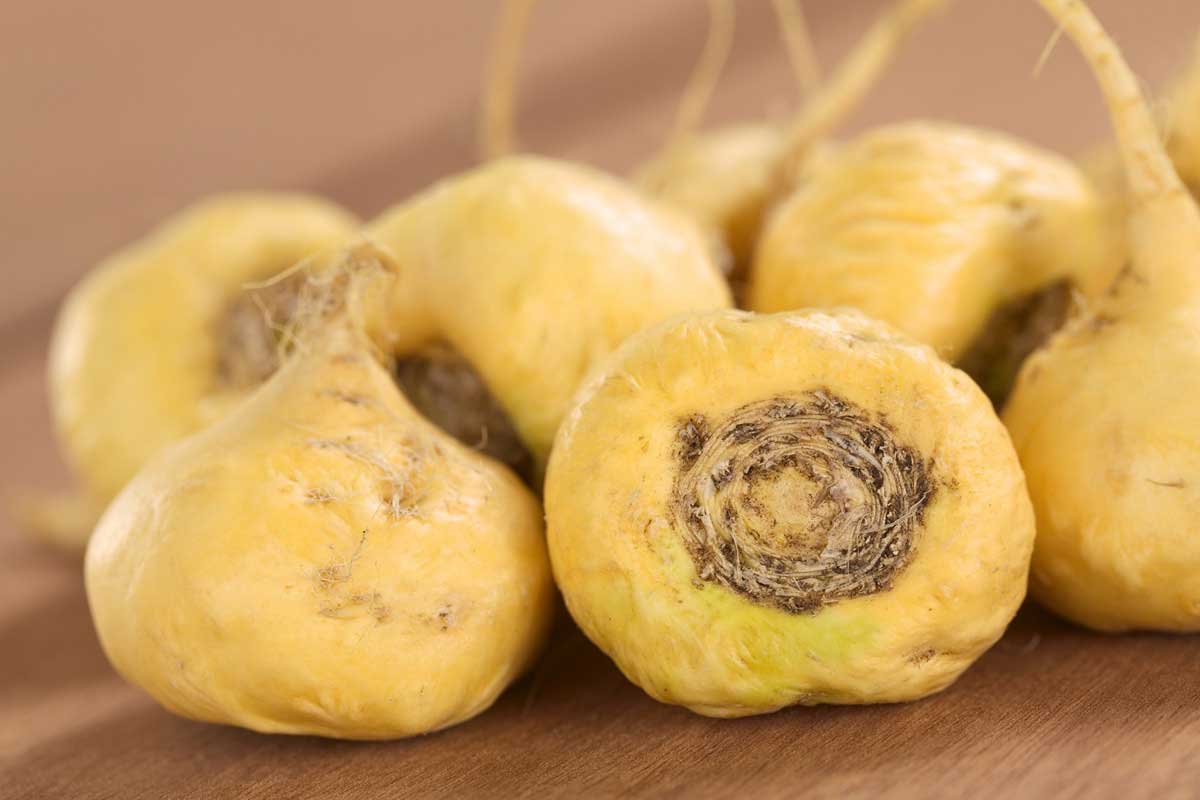
Malanga
The malanga has a hairy texture shape, much like a long thin potato, but unlike the potato, it’s not a nightshade food. Malanga is a great nightshade-free substitute for potatoes. I enjoy malanga hashbrowns and AIP arepas from The Curious Coconut.
Malanga is often mixed up with the root vegetable taro. However, the two plants are not the same. It’s an allergy-friendly food and contains high quantities of B vitamins. It’s also a great source of potassium.
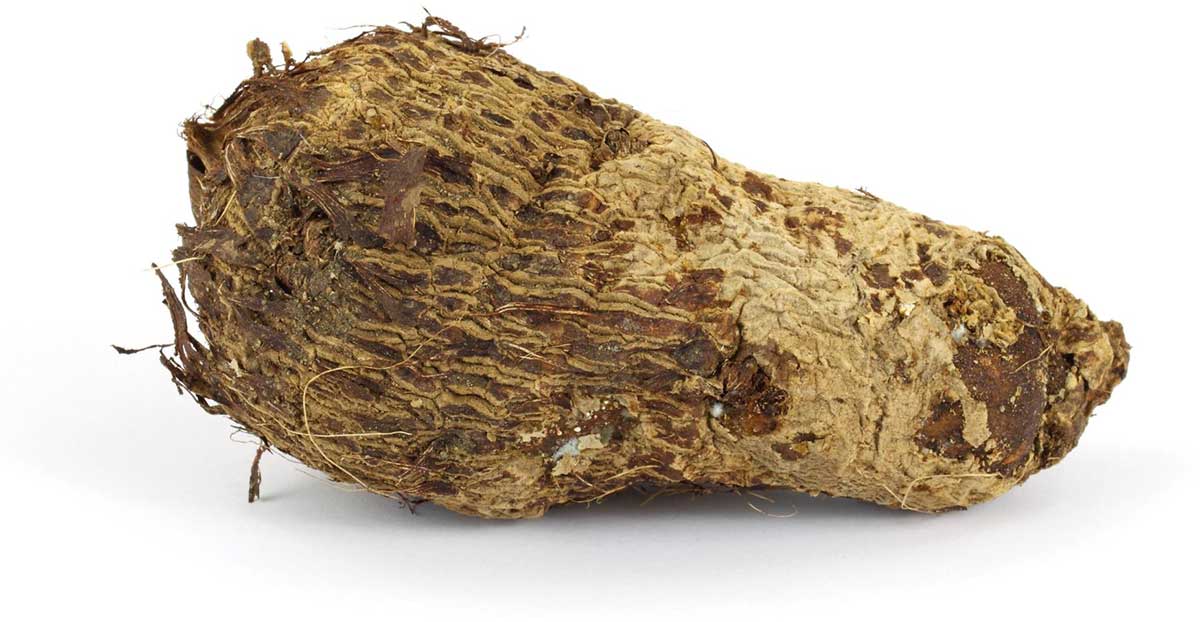
Onion
The onion is a kitchen staple you can find at your local grocery store. There are many different types of onions you can add to your food.
This root vegetable is a bulb that helps with blood sugar levels and improves digestion. It’s also a great source of potassium, magnesium, and vitamin C.

Parsnip
Parsnips are a root vegetable related to both carrots and parsley. It has a long taproot and a sweet, slightly nutty flavor. Parsnips make great French fries as well as purees.
Parsnips have a high concentration of antioxidants and will support your immune system. It also has vitamins C, K, E, B6, folate, magnesium, and other nutrients.
I enjoy roasting parsnips with some types of squash, such as butternut and other root vegetables like carrots, sweet potatoes, and even Brussles sprouts, which are a cruciferous vegetable.

Potatoes
Among the different types of root vegetables are potatoes. It’s a tuber native to the Americas and part of the Nightshade family. They’re a staple food in many households.
Many people peel potatoes before eating them, but the skin contains a large percentage of the nutrients in the vegetable. Peeling it will reduce the nutrients it offers.
The potato has a large amount of vitamin C, vitamin B6, manganese, and magnesium.

Radish
Radishes were first cultivated in Asia thousands of years ago. This crunchy and peppery vegetable lowers blood pressure and reduces the risk of heart disease. It’s a great source of potassium, folate, and vitamin C.

Rutabaga
The rutabaga is similar to a turnip and has a brownish or white color. Eating the rutabaga may slow down or prevent premature aging.
It also promotes good bowel health. It’s high in antioxidants and contains high quantities of vitamin C, potassium, and magnesium.
Also see: Rutabaga Vs Turnip
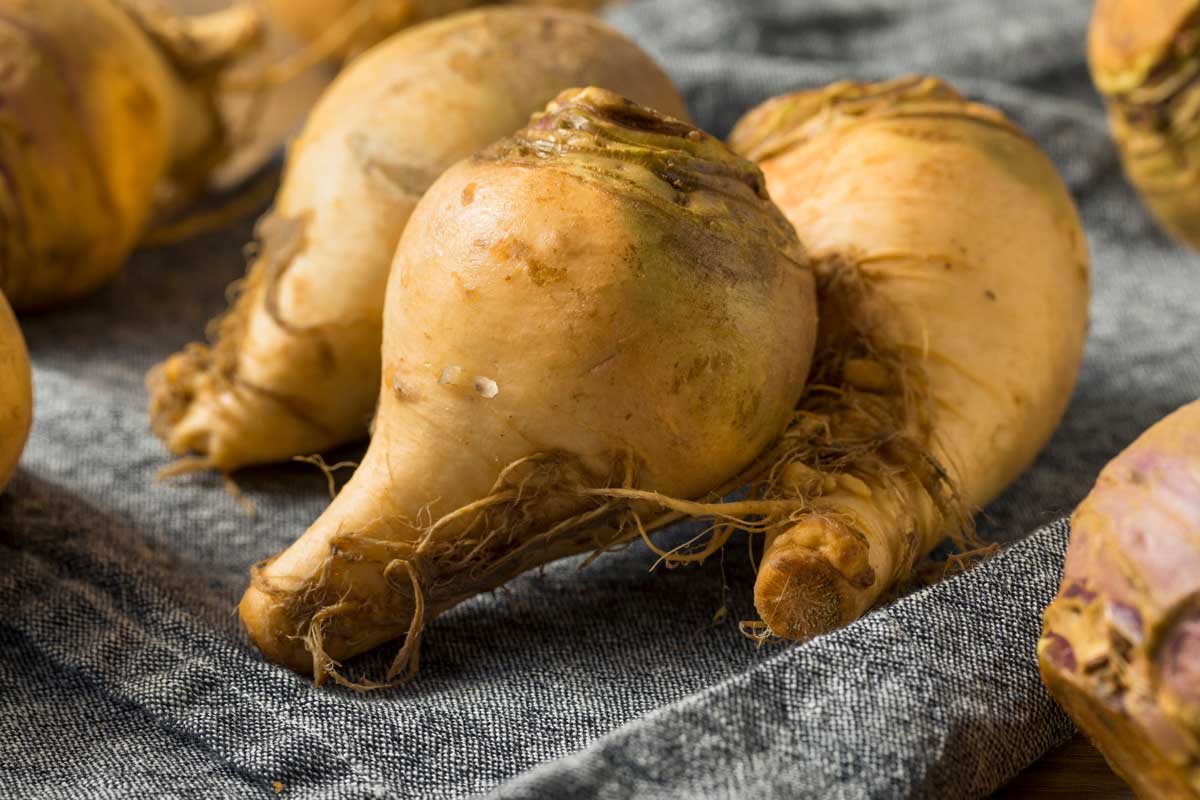
Salsify
If you’re looking for a root vegetable that will help to promote healthy hair growth, then you should be eating salsify. It’s also called an oyster plant.
It’s a root vegetable related to the dandelion family and has a similar taste to artichoke hearts. The root vegetables come in two varieties, white and black, and have creamy white flesh and thick skin.
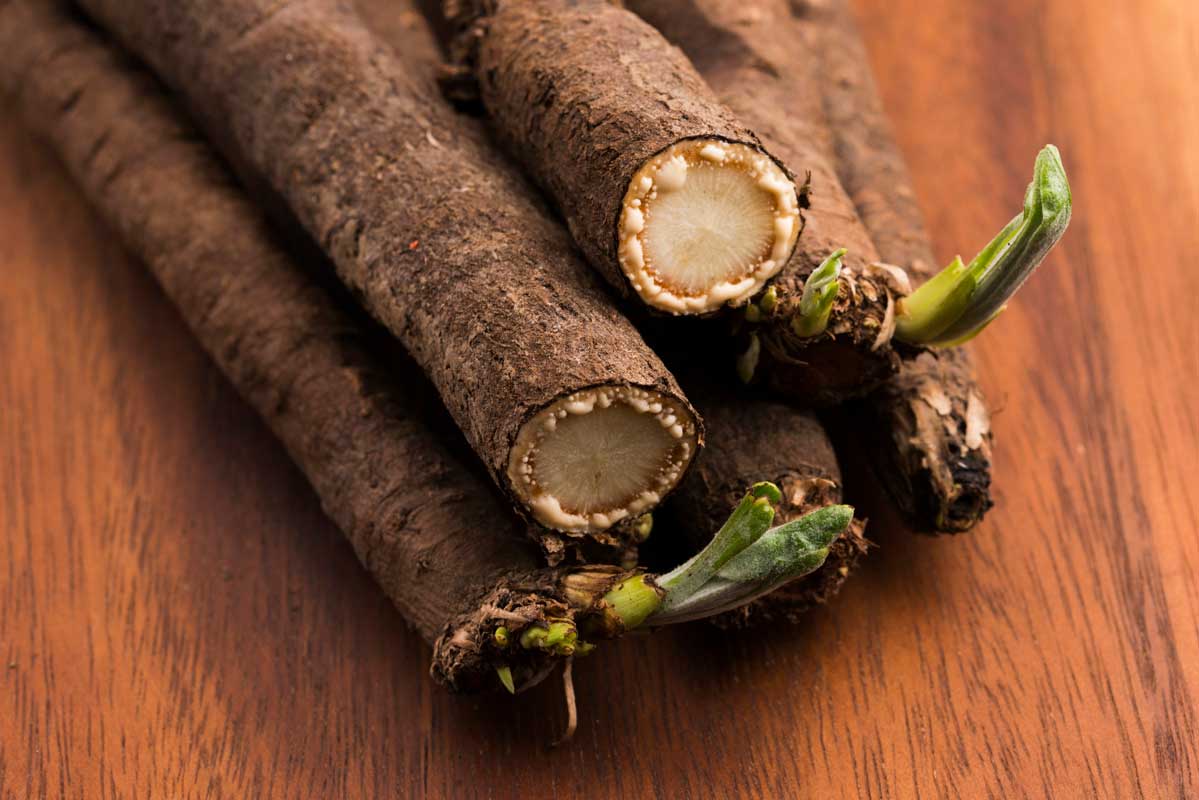
Shallots
Shallots are a botanical type of onion with a bulb and straplike leaves. It’s smaller than the usual types of onions. Shallots may help with seasonal allergies and help to fight germs.
It decreases your risk of cancer and helps you maintain your weight. If you’re looking to increase your vitamin A, vitamin B6, vitamin C, or manganese consumption, it’s a good idea to eat shallots.

Swede
The swede is also known as the rutabaga, a yellow turnip , a Swedish turnip, and a Russian turnip. It grows in cool, damp climates and is harvested in the fall and winter. The swede has a sweeter flavor than a turnip.
It’s a great source of antioxidants, vitamin C, potassium, and magnesium.
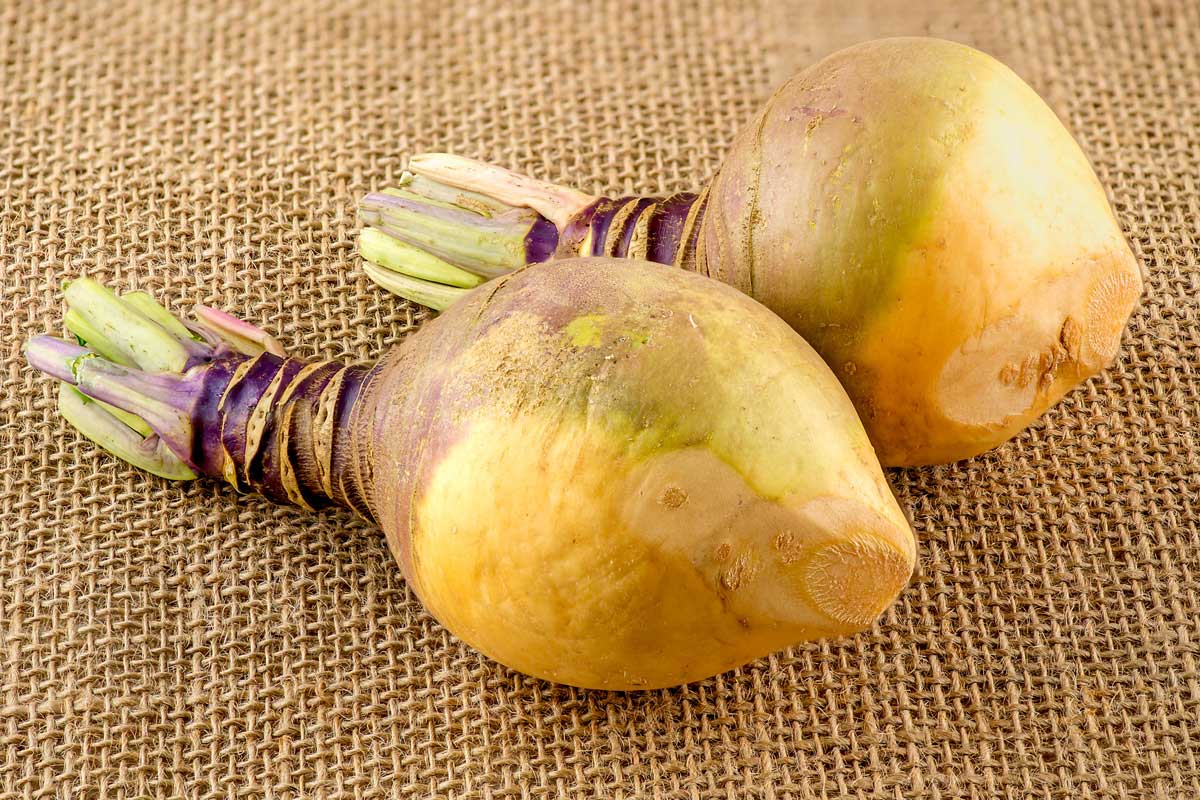
Sweet Potatoes
Sweet potatoes are large and sweet-tasting tuberous roots that grow in tropical and warm climates. They come in various colors and make a great substitute for regular potatoes for many dishes. White sweet potato hashbrowns are delicious and you can even make white sweet potatoes as a sub for mashed potatoes.
Sweet potatoes are a source of vitamins A and C, copper, pantothenic acid, and manganese. There are a variety of sweet potatoes, ranging in colors. You can enjoy some tasty white sweet potato recipes if you want to incorporate them into your diet.

Taro
Taro is another root veggie that was first domesticated in Asia. It has a brown outer skin, inner white flesh with purple, and a texture similar to a potato.
It’s high in manganese, vitamin E, vitamin B6, and potassium.
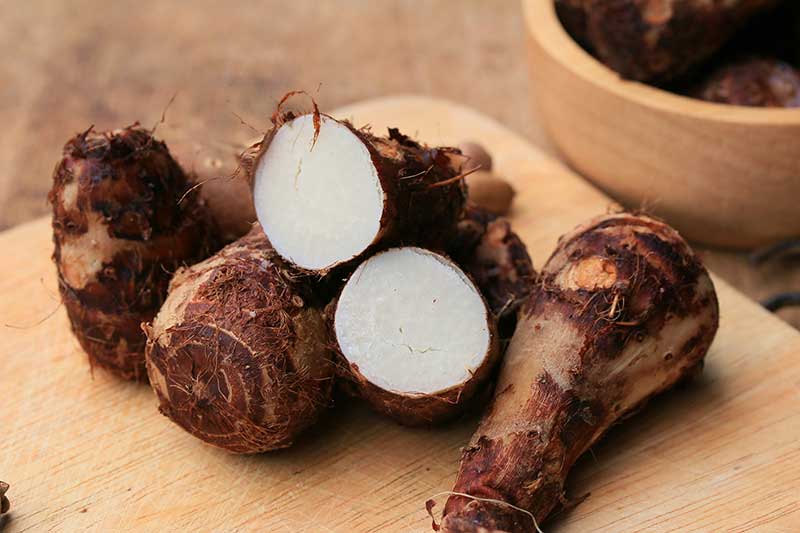
Turmeric
Turmeric is a flowering plant in the ginger family native to Southeast Asia and the Indian subcontinent that gives curry its yellow color.
The plant needs a high annual rainfall to thrive. Turmeric may help you delay aging and contains curcumin which is a powerful antioxidant. Tumeric has anti-inflammatory properties and may help to prevent cancer.

Turnip
Turnips are a root vegetable grown in temperate climates It has a white fleshy taproot that’s purple or reddish on the outside. You can eat both the turnip greens and the roots. The turnip is full of folate and vitamins A and C.

Water Chesnut
The water chestnut is an aquatic tuber vegetable that grows in shallow, nutrient-dense marshes, lakes, and slow-moving rivers.
Water chesnuts are high in nutrients like fiber, potassium, manganese, copper, B6, and riboflavin. It’s also high in ferulic acid, an antioxidant that’s been linked to the reduced risk of oxidative stress and cancer.
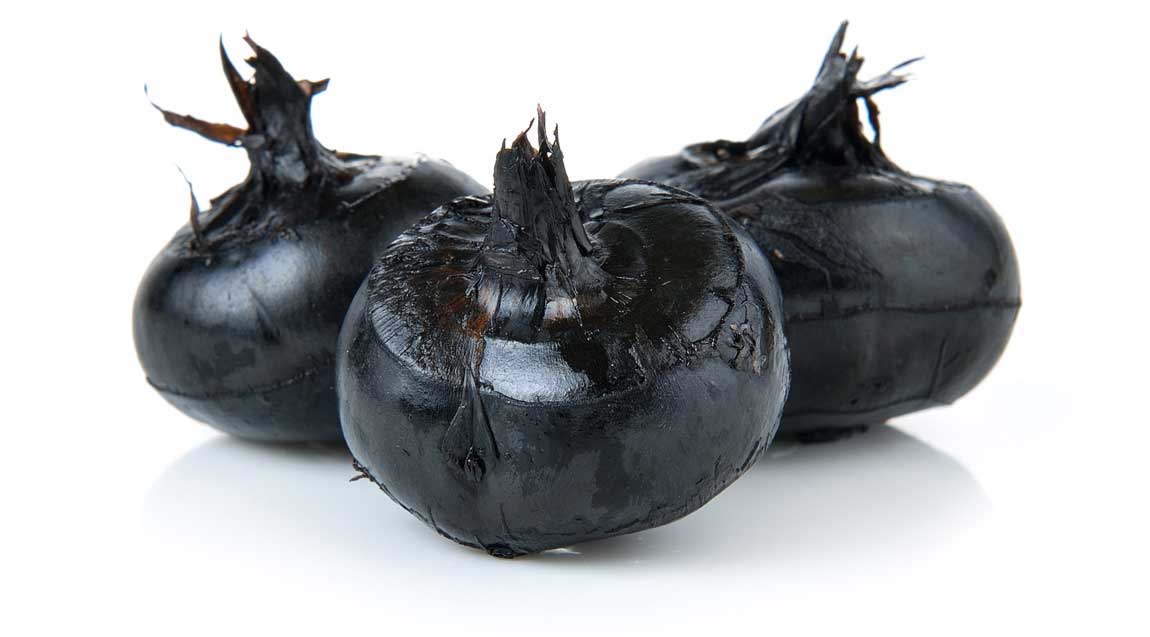
Yams (Ñame)
Yams were first cultivated in Asia, Africa, and the Caribbean. They’re tuber vegetables and are not the same as sweet potatoes.
Yams are not as sweet but have more starch. It’s a good source of vitamin C, vitamin B5, and manganese. It may also help with brain function and weight loss. And may even ease symptoms of menopause.
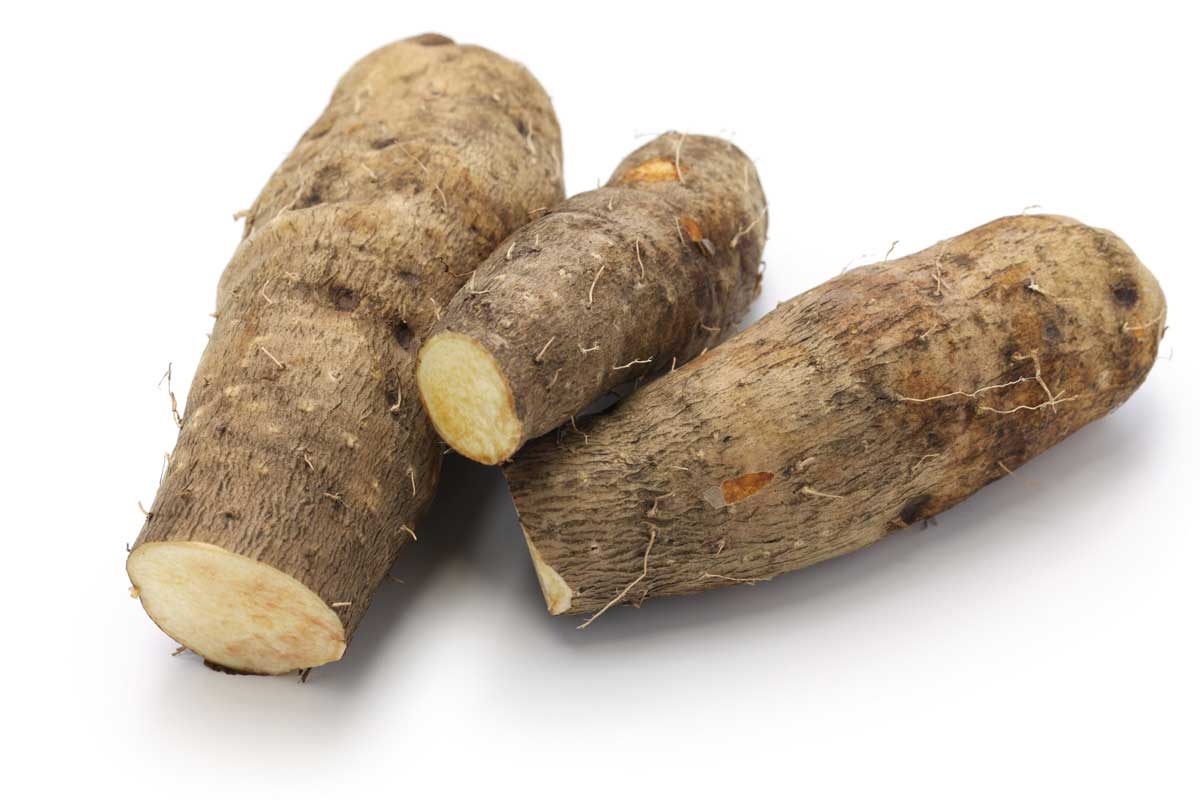
Yuca
The yuca is a root vegetable that’s also called cassava. It’s a great source of dietary fiber, vitamin C, and thiamin. Be careful not to confuse the yuca with the yucca. The yucca is a garden plant with pointed leaves.


How to Cook Root Vegetables
Root vegetables are a delicious addition to any meal. You can eat them raw, steamed or boiled, grilled, oven-roasted, or sauteed.
Raw
Not all root veggies can be eaten raw. If they can be eaten raw, you can grate the vegetables to add them to a salad. You can also cut the veggies to make sticks to nibble on as a snack.
Steamed or Boiled
Chop or slice the veggies into pieces before you steam or boil them. To steam the root veggies, add water to the steamer. Place the fresh vegetables into the basket and stem for about 30-40 minutes or until they’re tender.
If you’re boiling the veggies, first bring a pot of slightly salted water to a boil. Add the vegetables and boil until tender. Once boiled, strain the vegetables and serve.
Grilled
Preheat the grill, to 425 if you have a temperature gauge. Chop or slice the root vegetables making sure they’re all about the same size.
Place on a sheet for grilling in a single layer. Toss with oil and season the vegetables to taste. Cook the vegetables until they’re tender, stiring them every 15 minutes.
Oven-Roasted
Make sure the rack is moved to the middle of the oven and preheat the oven to 425 degrees. Chop the vegetables and place them on a baking sheet in a single layer.
Toss them with oil and seasoning before cooking until tender. Make sure you stir them every 15 minutes. Root veggies are also great topped with a balsamic vinegar glaze or vinaigrette. Alternatively, you could season them with warm spices like cumin and crushed coriander seeds (there are a lot of health benefits of coriander seeds!).
Sautéed
To sauté the vegetables, first chop them into bit sized pieces. Add oil to a large frying pan and heat on medium-high heat. Once hot, add the root vegetables and cover with a lid, stiring periodically.
Cook the vegetables until they’re golden brown and tender.
Final Summary
Root vegetables like a red onion or golden beets are a great addition to your diet. They’re full of essential nutrients, dietary fiber, and antioxidants.
They also provide many other health benefits like improving the digestive tract, reducing risk of cancer, and lower blood pressure.

